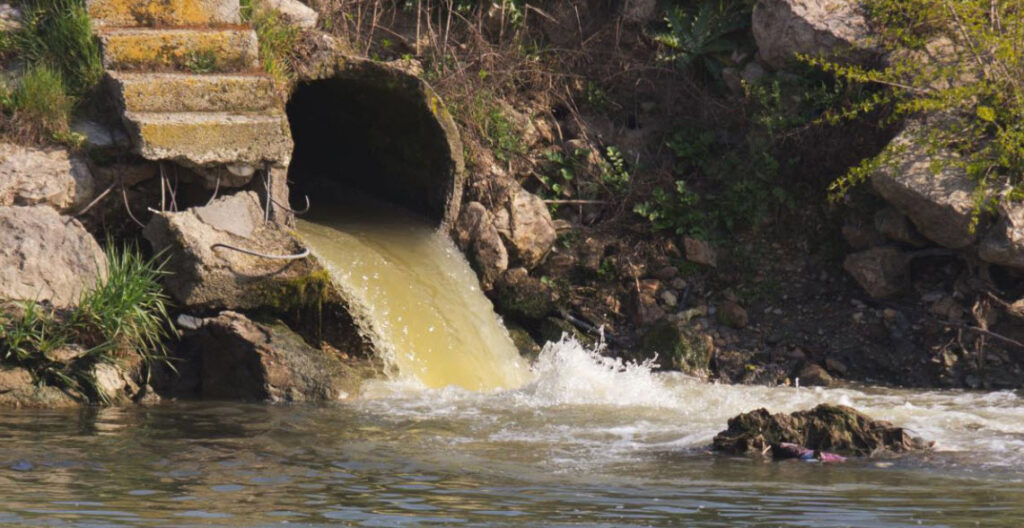NUTRIENTS, energy and water will be safely recovered from the faeces and urine of up to 1,000 people a day, in a wastewater treatment trial in South Africa.
The trial, to be undertaken in early 2018, is for a technology called NEWgenerator that seeks to improve water and sanitation crises in the developing world.
Project leader Daniel Yeh from the University of South Florida, US, told The Chemical Engineer that the system can treat high amounts of mixed wastewater from any toilet system. This could include urine, faecal wastes, grey water, and food waste.
Resulting outputs from the process include energy as biogas, nutrient fertilisers, and disinfected water suitable for toilet flushing, irrigation, and potentially drinking.
NEW generator system
“Our technology is based on the anaerobic membrane bioreactor, a low-energy waste and wastewater treatment process that generates high quality water, and can withstand process interruptions such as shock loads and intermittent operations,” he said.
Initially, the waste is fed into a bioreactor, where anaerobic microorganisms break down the solids and produce biogas in an energy-efficient process without using chemicals or aeration. The liquid then passes into another chamber for a multistage disinfection process, where an ultrafiltration membrane traps a variety of pathogens such as helminths, protozoans, bacteria and viruses.
After the membrane, the water is chlorinated as part of a multi-barrier approach to ensure optimal safety and reliability of the product water. The remaining solid waste can then be recovered for its nutrients, which include nitrogen and phosphorus.
“We do all of this in a very compact and mobile platform that provides a very high level of treatment with high throughput,” he said, adding: “The entire technology is also off-grid, meaning that it can run entirely on solar energy without grid-tied electricity – we operated it for one year in India without having to plug it into the grid.”
The system also does not have to be hooked up to sewer lines, which become strained in areas of rapid, unplanned urbanisation.
Scaling up tenfold, stress testing
The 2018 trial in Durban, South Africa, follows a successful trial in India, where the daily waste of 100 people using two toilets, connected to a NEWgenerator unit, was treated. An updated version of this two-toilet setup will be tested, alongside a new scaled-up unit designed for process intensification.
He said that the group hoped to have highly reliable and robust systems that would work under a wide range of harsh conditions, with minimal operation and maintenance required. To this end, they are seeking to determine potential causes of failure through repeated stress tests.
Yeh said: “Process intensification is a guiding principle for our technology since many of the places where we will ultimately implement NEWgenerator are high density urban slum environments where open space and access are lacking.
“The interest in our field test in Durban is to stress test the system in a different setting with differences in climate, community, toilet usage patterns, user habits, and wastewater characteristics,” he added.
The larger unit will be connected to a community ablution block, which is a modified shipping container containing toilets, showers and sinks, provided by the South African government to communities lacking such amenities.
“For the second unit, we aim to incorporate new technology currently being developed in our lab which has the potential to increase the throughput by 10X with only 30% increase in system footprint,” Yeh said.
Different needs
The trial in Durban has been funded via an award of US$1.14m from the Bill and Melinda Gates Foundation, and is one of four technologies selected.
Several “Reinvented Toilet” technologies exist, which tackle the problem of human waste in different ways. For example, London-based “Loowatt” is a platform of “luxury” toilets coupled with conventional anaerobic biodigesters; UWE Bristol’s “Pee Power” is a microbial fuel cell that only processes urine, while Sanivation (as previously covered by The Chemical Engineer) turns faecal waste into briquettes for fuel.
Yeh said: “These are all good technologies and are needed in a broad portfolio of non-sewered onsite sanitation technologies of different capacities and features to meet different needs.”
It could, therefore, be the case that a range of technologies is needed to help improve sanitation and water availability worldwide.
The NEWgenerator team is already working with commercial partners to mass produce NEWgenerator, according to Yeh.
“The Durban field test is an important stage for our ultimate goal of making NEWgenerator available to the world at sufficient quantities and affordable price,” he said.
LINK TO ORIGINAL ARTICLE
https://www.thechemicalengineer.com/news/putting-human-waste-to-good-use/

